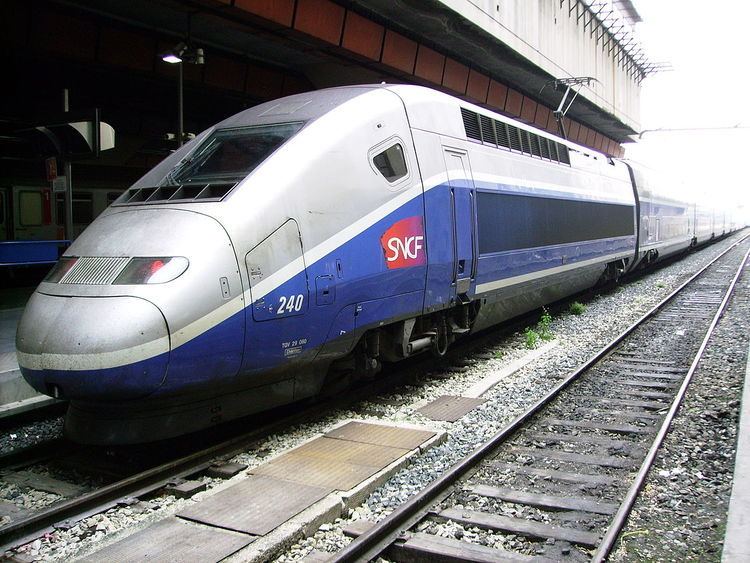 | ||
In rail transport, the expression power car may refer to either of two distinct types of rail vehicle:
Contents
The first of these types of vehicle is closely related to the locomotive. What differentiates the locomotive and the first type of power car is their construction or use. A locomotive can be physically separated from its train and does nothing but provide propulsion and control (and heat or electricity for passenger trains). On the other hand, a power car of the first type is frequently an integral part of its train, and some of its interior space may be used for carrying passengers or cargo.
United States
Nearly all high speed trains use power cars, frequently at both ends. An example of these are the Acela trainsets in use by Amtrak, which are built by Bombardier in Canada using technology licensed from France's Alstom. The twenty Acela trainsets operate between Washington, D.C. and Boston, Massachusetts. Each trainset consists of six passenger cars and two power cars.
United Kingdom
Another traditional example would be the older Intercity 125, made for and used by British Rail and several subsequent privatised bodies like Great Western Railway.
New Zealand
Multiple units (diesel or electric) usually have a mix of power cars and trailers, often with one of each in a pair which can be coupled to other pairs to form a larger train; see e.g. New Zealand FP class electric multiple unit.
